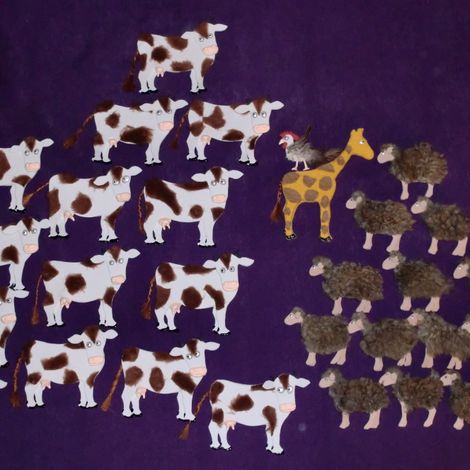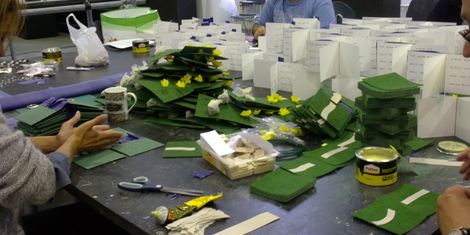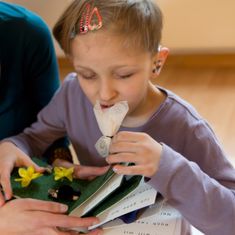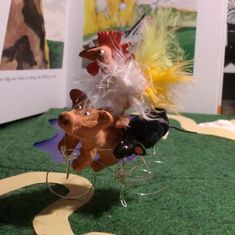3D models for little avid fingers




What does an elephant look like? And a digger? And a volcano?
For blind children, things that are too big, too far away or too dangerous to be touched, are not so easily understandable. While sighted children usually develop an understanding of basic concepts through incidental learning, children with a visual impairment need to learn these concepts in an intentional manner. Touching original objects or models or getting things described are different methods on how to get a better idea of the environment.
At the German Federation for Blind and Partially Sighted People, we believe that books are a great tool for blind and partially sighted children to discover the world. As for every other child, books are a door to fantasy, a way of travelling to far places without moving from the chair.
Unfortunately, there are too few appropiate books for visually impaired children, with quality and attractive tactile pictures.
Our aim is to change this situation by creating tactile books where children can enjoy touching different materials and interact with the book while moving the tactile elements from page to page.
The creation procedure is all handwork and therefore very laborious. Some of the elements have to be handmade in order to achieve the desirable diversity of materials. However, many parts of the book could be perfectly machine-made. The new 3D-technologies offer a wide range of possibilities of producing these tactile elements.
The optimal solution for us would be a combination of handwork with the use of a 3D-printer. This way we would accelerate the production proccess, which would allow us to increase the amount of books, thus reaching a wider range of blind and partially sighted children.